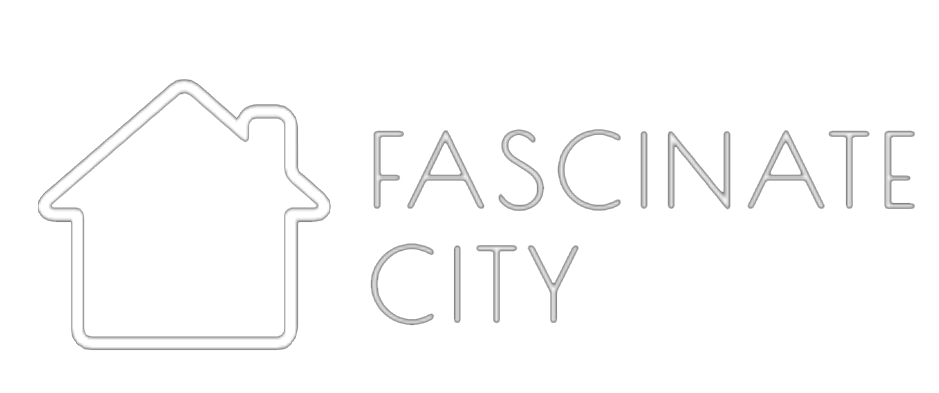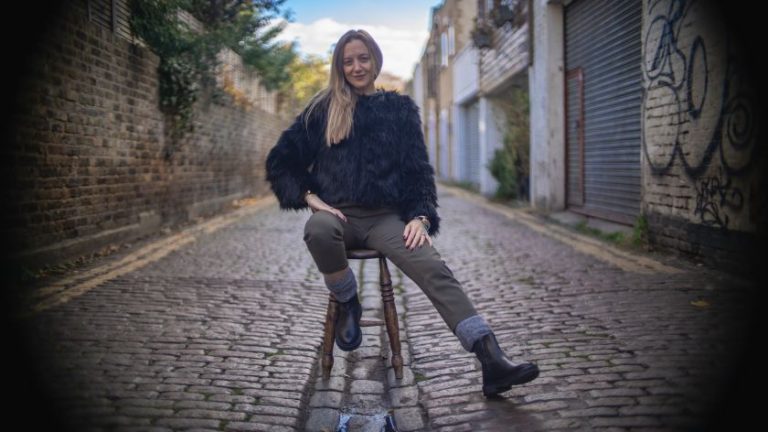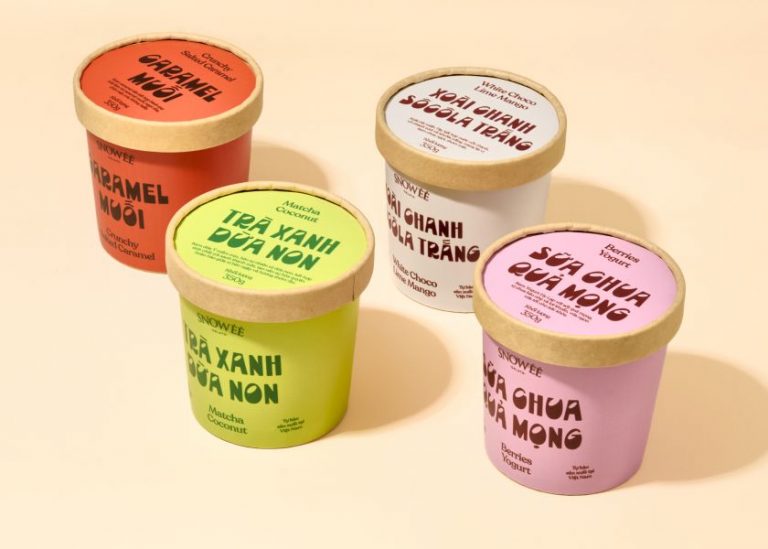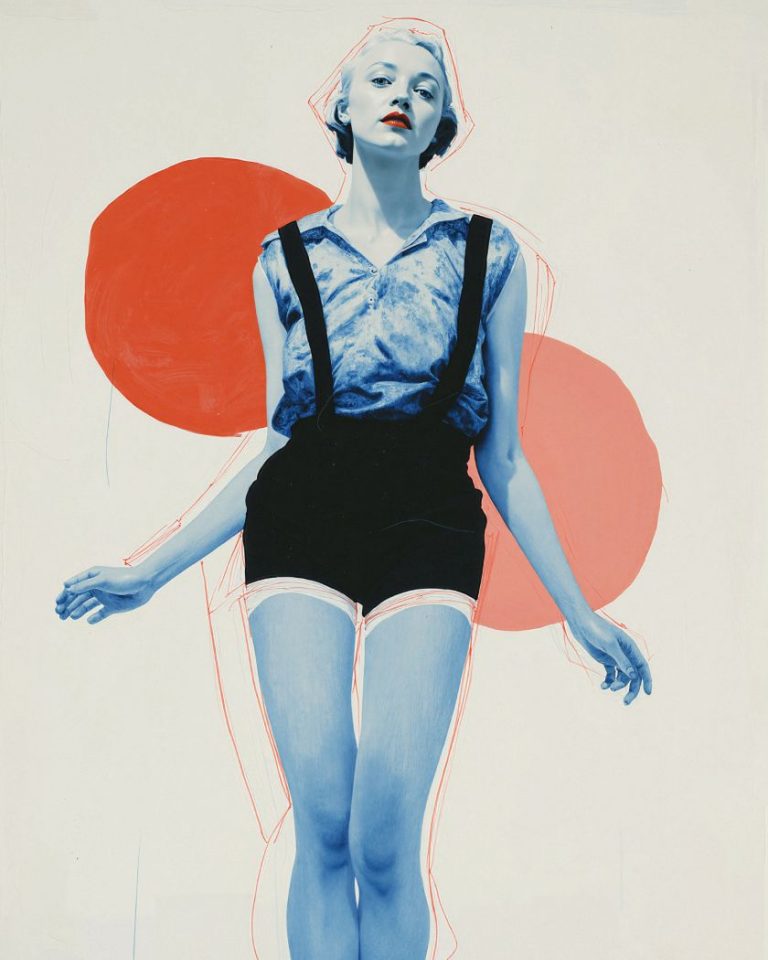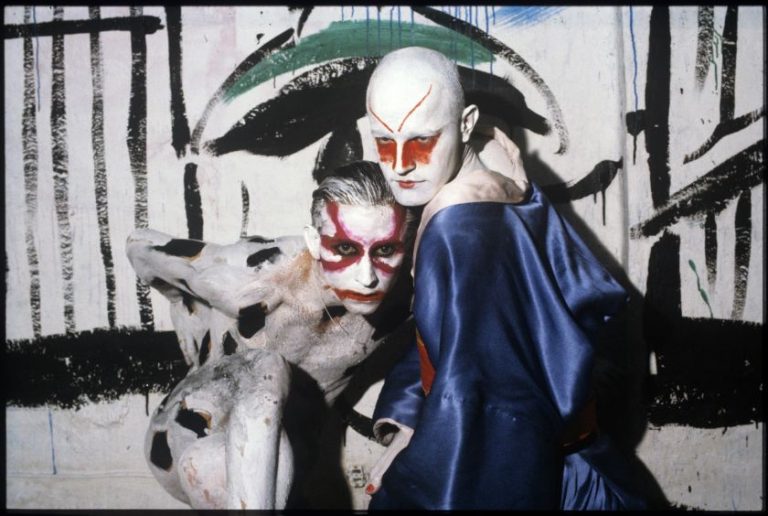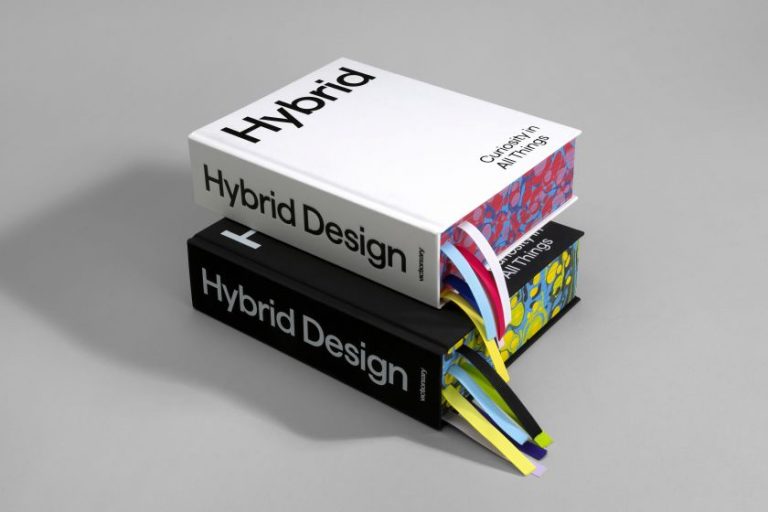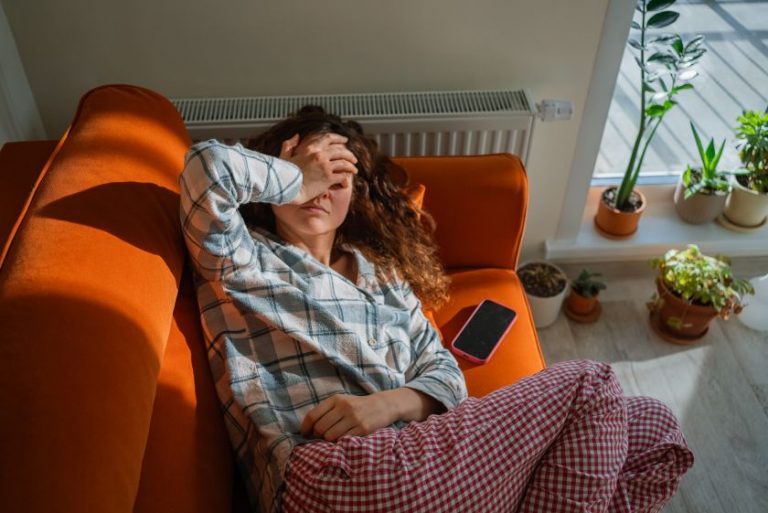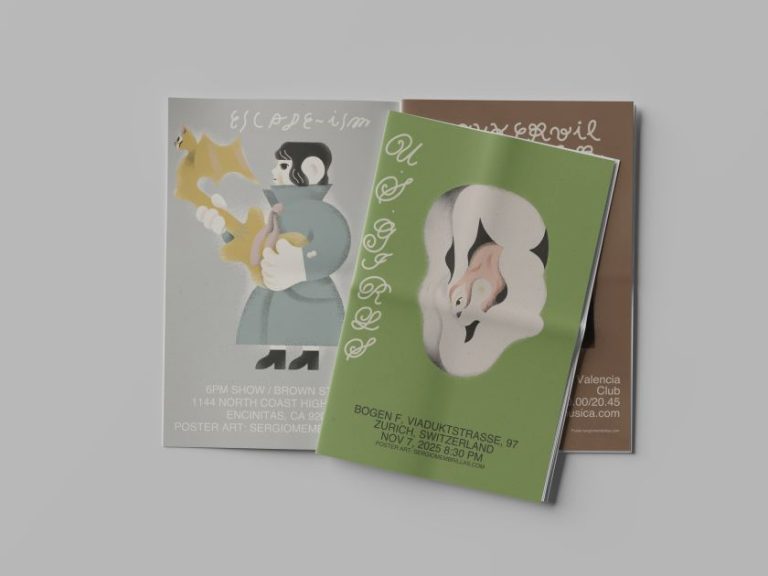From potatoes in crisis to fragmented memory installations, Nastia’s work blends humour, honesty and high-octane visuals to invite audiences into her weird and wonderful world.
Dutch illustrator Nastia Cistakova isn’t interested in playing it safe, and that much is obvious from her work. It’s loud and chaotic, full of chunky characters, handwritten text, and neon pinks that practically scream off the page.
Her visual language is rooted in absurdism, satire and queerness. It serves as a platform for telling stories about current affairs and identity that feel urgent, complex and deeply personal, all wrapped in a coat of irreverent humour.
From a video game starring a potato in crisis to a fragmented memory installation featuring over 40 works, Nastia’s career so far has been anything but linear, which is just how she likes it.
“I was interested in everything, but I didn’t want to take tests about the subjects,” she tells me. “I wanted to talk about my interests in ways that would invite people into my brain.”
Her impulse to explore, experiment, and connect led Nastia to study illustration at HKU in Utrecht. “By studying illustration, I saw the opportunity to learn about all the subjects I was interested in without having to study 40 different subjects and still work with my hands,” she says. “Although it did feel like I was studying 40 subjects during art school.”
Her first big break wasn’t a commission but a government grant to make a video game. The protagonist is a potato experiencing a quarter-life crisis, keeping a dream journal and battling teeth to escape the drudgery of life.
“Receiving this grant shaped me because it felt like I finally received the recognition I was searching for in art school,” says Nastia. “Back then, I struggled to make my teachers and peers understand that what I was doing was valuable and interesting.
“By having people from the professional field believe in my art and talent, it helped me believe in myself more and have fewer doubts about whether I was delusional or not.”
That tension between being misunderstood and being defiantly, authentically herself runs through much of Nastia’s practice. Her style is deliberately unpolished, full of sharp lines, soft textures, strange creatures and jumbled text, drawing on both analogue and digital methods.
“I think style is something that changes throughout your life, especially when you are young and still figuring out who you are as an artist,” Nastia explains. “Now I’m searching for a style that is a good mix of both [analogue and digital]. I like the contrast of sharp shapes, but also the softness of textures in the way ‘real’ materials translate in illustrations.”
The word ‘real’ is doing a lot of work here because, for all its surreal humour, Nastia’s work is rooted in real-world experiences. Her pieces often tackle themes like neurodiversity, queer identity, mental health, and power structures, using humour and absurdism as a way to digest and disarm.
One of Nastia’s earliest inspirations was David Shrigley, whose “simple and slightly ugly (I mean this in the best sense)” illustrations showed her how far you could push a message with minimal means. She’s also a fan of Studio Ski, Boilingman, Hedy Tjin, Lu Walstad, Jiyung Lee and Fiona Lutjenshuis – artists who blend graphic immediacy with deeply personal storytelling.
However, being an independent illustrator hasn’t always been easy. “I struggled a lot with my ADHD in the jobs I had, and I still do,” Nastia admits. “Sometimes, people’s first response was: ‘Well, should you even work in this field if you find it difficult to understand x, y, z?’ And I always strongly advocated against these things. I didn’t come out of the womb knowing how to live a professional life.”
Instead, she’s developed her own approach to navigating creative work—one that embraces transparency, empathy, and boundaries.
“As a freelancer, it can feel like making any mistakes, not being absolutely perfect… could lead to not getting follow-up work from that client, and that can be quite intense,” she says. “The way I overcame this is mainly by explaining my situation and also setting boundaries with clients. My ADHD gets triggered more if someone is hot and cold with me, either in feedback or regular communication.”
At its best, Nastia sees freelance illustration as a true collaboration where every person involved matters.
That collaborative energy came to life in one of her favourite projects to date. It was a commissioned installation for Concordia Enschede, where she reinterpreted fragmented memories using old notes, unfinished sketches and new artworks.
Nastia says, “Present-day me changed the storylines, compositions, and techniques. This resulted in me making over 40+ new works.”
The same project was later reimagined for Lustr Festival in Prague, where she exhibited an adapted version in a new space, gaining international exposure and connecting with new audiences. “It was an amazing opportunity to meet and connect with all these international people and create opportunities to exhibit abroad, so if you want to have cool art in your space, call me,” she adds.
That wink-and-nudge tone is a big part of what makes Nastia’s work feel so human. She doesn’t sugar-coat the challenges of being a creative freelancer, especially in an era where social media often flattens the creative process into polished highlights.
“Being a freelancer can take a big toll on your well-being because aside from freedom, freelancing means dealing with rejections, projects not coming through, protecting yourself in financial negotiations, dealing with moments when there are no jobs, and seeing other artists’ thriving’ on Instagram, which can make you feel like you’re not doing well. Small reminder: your favourite artists struggle too,” she explains.
Nastia’s advice for emerging illustrators is this: “Invest in your confidence—not in a way that makes you unreachable or arrogant, but in a way that makes you know your worth and your talent. And invest in your mental and physical health. Start by saving some money before you begin because freelancing without backup money is a nightmare.”
As for what’s next, Nastia is currently working on new self-initiated projects that explore femme satire and sexuality through storytelling and mixed media. “One of my main goals is to make art as my main activity, incorporating absurdism, satire, and girly things,” she says. “I want to explore different types of mediums, such as film and dance, alongside illustration.”
Nastia’s ultimate dream is to exhibit her work all over the world and create weird installations that reflect the silliness inside her. “My characters scaled into human size is something I would love to create as well,” she adds.
While her work might sometimes be absurd and a little silly, it’s never without substance. For Nastia, illustration is more than just a practice – it’s a way of processing the world and inviting others into her gloriously weird, vibrant universe. And frankly, who wouldn’t want to live there?
